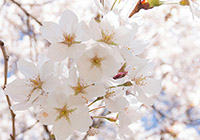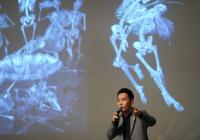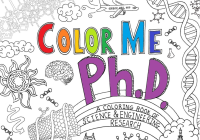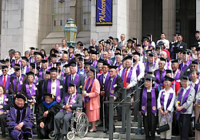
Recent News
Professor Nazry Bahrawi, AL&L’s resident specialist in Southeast Asian literature and cultures, was featured in the Northwest Asian Weekly, for organizing the 60th year commemoration event of Tragedi 1965, Indonesia’s mass killings of alleged communists and their sy
Sixty years after one of the 20th centurys worst atrocities, three scholars gathered at the UW to confront a question that is still connected to Indonesia: What does it mean to commemorate a genocide? Nazry Bahrawi, assistant professor of Asian languages & literature at the UW, is quoted.
Welcome to our second Halloween installment, where we ask movie buffs Champ Ensminger and Ungsan Kim what movies they recommend if you like a scary fix for the holiday. Kim, assistant professor of Asian cinema at the UW, is interviewed.
AL&L's Professor Ungsan Kim was recently featured in two Northwest Asian Weekly articles, "Halloween debate: Are Asian horror films scarier?" and "Want to scare…
Are Asian horror films scarier than their American counterparts? What makes them so chilling? And which ones should you check out this year and every year? Ungsan Kim, assistant professor of Asian cinema at the UW, is quoted.
Featured
on Northwest Asian Weekly
Several Asian countries adapted the Chinese writing system—the oldest writing system still in use—for their own languages.
A new book by Ping Wang, University of Washington professor of Asian languages and literature, is bringing fresh attention to one of the most influential poets in Chinese literary history, Xie Lingyun.
Featured
on Northwest Asian Weekly
Four faculty from the Department of Asian Languages & Literature have been featured in an article in UW Notebook on "New faculty books: Language instruction, the yoga of power, and more."
New faculty books from the University of Washington include those from Asian languages and literature, applied mathematics and the Jackson School of International Studies.
Featured
on UW News




